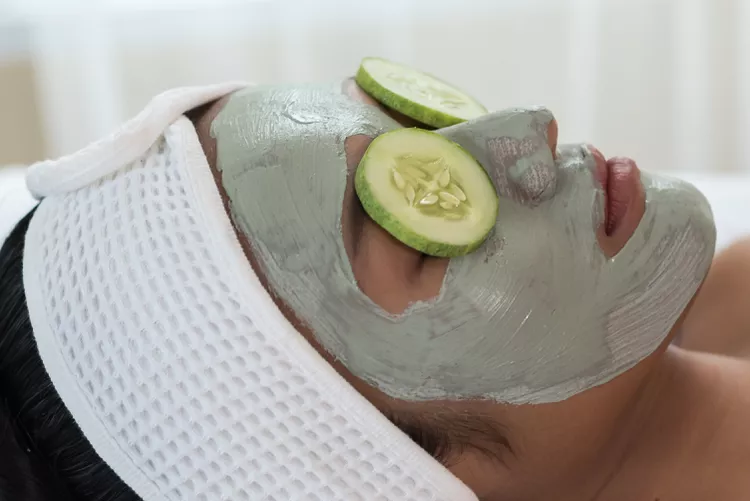Summary
Professional Facial Overview
During a professional facial, the facial mask is applied after the skin cleansing, skin analysis, exfoliation, extractions, and massage. Facial masks are designed to treat specific skin types or conditions, whether it’s dry, dehydrated, sensitive, red, or oily.
Typically, facial masks remain on the skin for 10 to 15 minutes and are composed of ingredients like clay, black moor mud, aloe vera, seaweed, algae, essential oils, herbs, and vitamins. After the mask has completed its work, the esthetician removes it and finishes the facial with toner, serum, moisturizer, eye cream, lip balm, and sunscreen if desired.
A hallmark of a quality facial is when the esthetician remains with you during the mask application, providing additional services such as a scalp massage to enhance the experience. Moreover, whether you choose to indulge in a salon or create your own mask at home, utilizing facial masks significantly contributes to the overall health and vitality of your skin.
Benefits of Facial Masks at the Spa
A face mask is crafted to address your particular skin condition; thus, selecting the right one is crucial. If you’re using a professional skincare line, your esthetician can often recommend suitable options for at-home use; however, some masks are exclusive to professional settings.
Depending on their ingredients, these masks can tighten and tone, hydrate, nourish, extract impurities, assist in blemish healing, calm and soothe, or rejuvenate the skin—or deliver a combination of these effects. Furthermore, there are various types of masks including clay, cream, setting, and gel varieties, each presenting its unique advantages.
Clay masks, rich in kaolin or bentonite, excel at tightening and absorbing oil, effectively drawing out dirt to the skin’s surface. In comparison, cream and gel masks are specifically formulated to hydrate and nourish the skin. Setting masks, on the other hand, transition into a rubbery state before being peeled away by an esthetician.
The advantage of visiting a spa or salon for these treatments is the opportunity to discuss each product with your esthetician to ensure it meets your needs. Licensed massage therapists and experienced estheticians hold valuable techniques to alleviate discomfort during such procedures.
At-Home Solutions That Still Work
While it is recommended to consult a professional esthetician for a tailored facial mask experience, numerous over-the-counter masks and homemade recipes can effectively restore your skin without the expenses associated with high-end spas or resorts.
Natural ingredients such as fresh fruits, vegetables, milk, yogurt, honey, and eggs have served as traditional home beauty remedies for generations. While these ingredients are enjoyable to experiment with at home, they may not be available in a spa due to convenience and sanitation protocols. Understanding each ingredient’s effects is paramount, especially when targeting specific skin outcomes.
For all skin types, consider trying these solutions:
- Cucumbers: Provide cooling, soothing, and healing effects, especially when applied over the eyes or blended with other elements.
- Avocados: Rich in essential vitamins A, B1, B2, D, and E, avocados excel in restoring moisture, making them perfect for dry and sensitive skin.
- Honey: Recognized for its hydrating, toning, and tightening properties, often combined with other ingredients for enhanced benefits.
- Papaya: Contains papain, which dissolves the outer layer of skin. Use with caution on irritated or sunburned skin.
- Egg Whites: Effective at tightening and toning the skin.
- Yogurt: Natural lactic acid content aids in exfoliation. It works well alone as a skin-softening mask for all skin types.
- Potatoes: Thinly sliced, they can reduce under-eye puffiness and are suitable for oily skin.
- Herbs and Teas: Ingredients like chamomile offer soothing effects and can be included in face masks for various benefits.
Crafting a face mask at home is straightforward—simply blend the ingredients until achieving a thick enough consistency for application. Depending on your goals and ingredient properties, results can often be felt immediately after rinsing the mask away.




